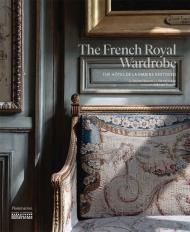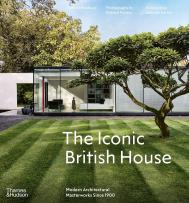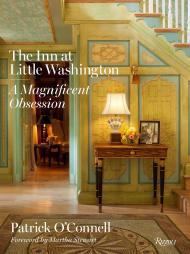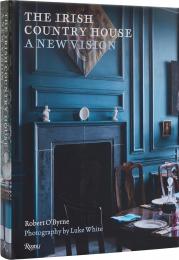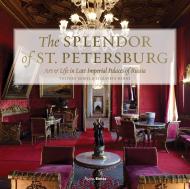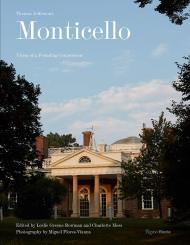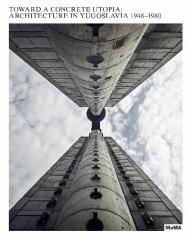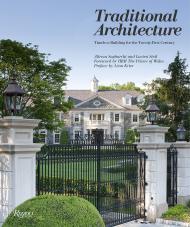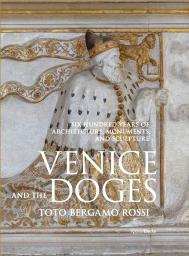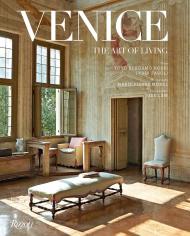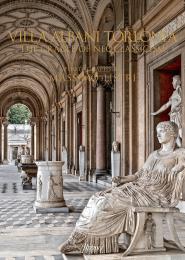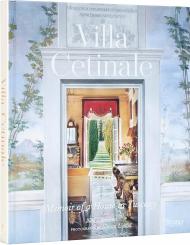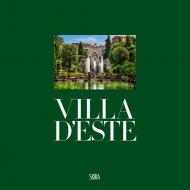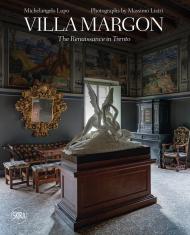This volume goes behind the scenes to reveal the history and metamorphosis of the Hôtel de la Marine, a treasure of Parisian heritage.
The Hôtel de la Marine, an exemplary monument on Paris’s Place de la Concorde, is a superb architectural achievement constructed in the eighteenth century by Ange-Jacques Gabriel, the official architect of King Louis XV. The institution it housed was charged with choosing, purchasing, and maintaining all of the king’s furniture — from beds to the simplest chair — and the crown’s treasures were stored here until 1789, after which it became the site of the Ministry of the Navy for more than two hundred years.
An extensive four-year restoration was completed in 2021; the building reopened to the public and features a museum, conserved apartments that highlight the tastes of the eighteenth and nineteenth centuries, an exhibition hall, a bookshop, and three restaurants. Previously unpublished photography captures the splendor and majesty of the monument.
About the Authors:
Jérôme Hanover is a fashion and luxury journalist; he regularly writes for Vogue Paris, GQ, and Le Figaro, and contributed to Dior in Bloom (Flammarion, 2020). Gabriel Bauret is a photography historian, independent curator, and author. Ambroise Tézenas’s photographs have been published in Presidential Residences in France (Flammarion, 2021), Be My Guest (Flammarion, 2020), and Beijing: Theatre of the People (2006), which won a best European book of photography prize. His work has been exhibited all over Europe and Asia.
______________
Пролистать книгу The French Royal Wardrobe: The Hôtel de la Marine Restored
